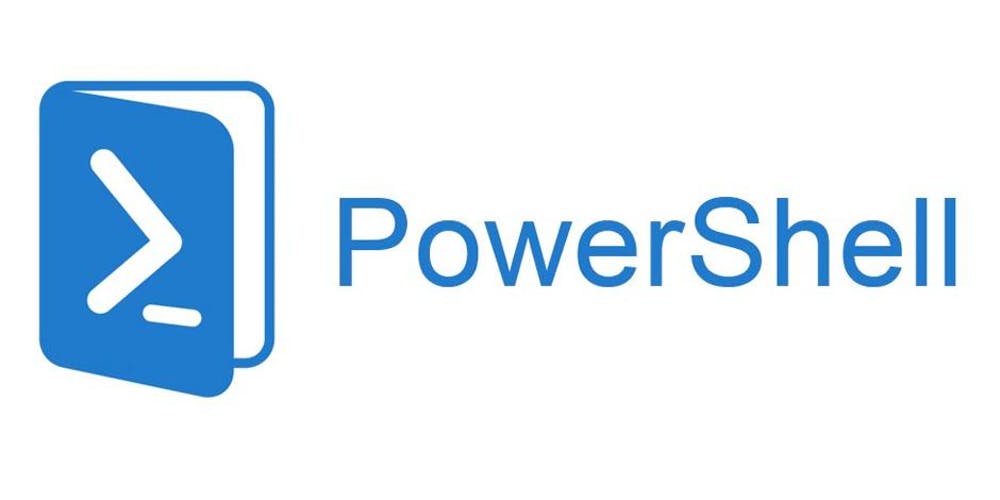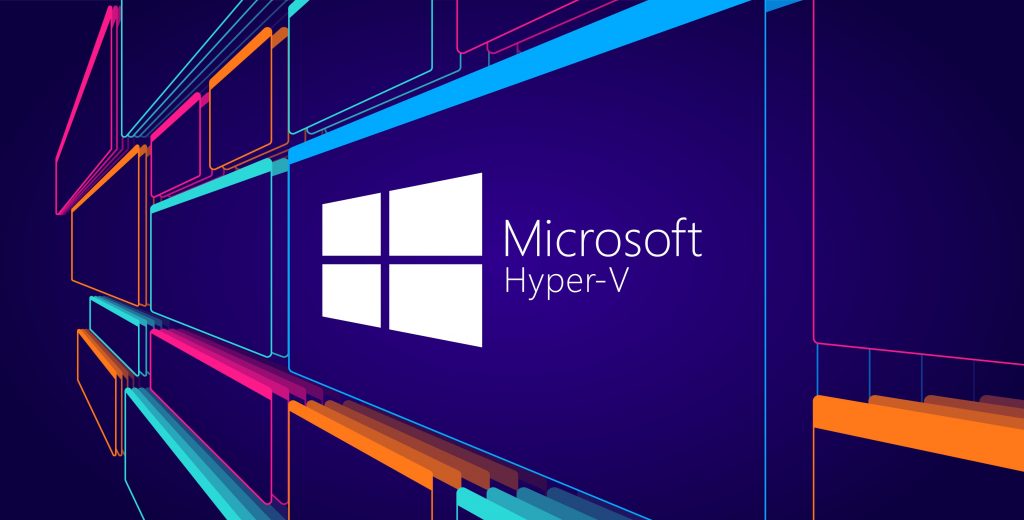Powershell run 5 batch file, create a log file, and verify folder location if not create folder
Below is a PowerShell script that will run five batch files, create a log file, and verify if a folder exists. If the folder does not exist, it will create the folder. # Define the folder path and log file path $folderPath = “C:\YourFolderPath” $logFilePath = “C:\YourFolderPath\log.txt” # Verify if the folder exists, if not,…
Read more
Powershell run 5 batch files, create a log file, and verify folder location
Recently was asked to run a series of batch files. Below is a PowerShell script that will run five batch files, create a log file for each execution, and verify the folder location before running the batch files. # Define the folder location and batch files $folderPath = “C:\Path\To\Your\BatchFiles” $batchFiles = @(“batch1.bat”, “batch2.bat”, “batch3.bat”, “batch4.bat”,…
Read more
PowerShell script function file download, unblock and install with multiple parameters and return installed version
Here’s a PowerShell script that defines a function to download a file, unblock it, install it, and return the installed version. The function accepts multiple parameters for flexibility. function Install-Software { param ( [Parameter(Mandatory = $true)] [string]$DownloadUrl, [Parameter(Mandatory = $true)] [string]$DestinationPath, [Parameter(Mandatory = $true)] [string]$InstallerArguments, [Parameter(Mandatory = $true)] [string]$VersionCommand ) try { # Step 1:…
Read more
PowerShell – BIOS Version
Looking to see what the current BIOS version is by running the following PowerShell script. This provides Manufacturer, version and the release date $bios = Get-CimInstance -ClassName CIM_BIOSElement $bios | Select-Object Manufacturer, Version, ReleaseDate
PowerShell Function to Set-RegistryValueForAllUsers
Below is a PowerShell function that sets a registry value for all users on a Windows machine. This function will iterate through all user profiles and set the specified registry value. function Set-RegistryValueForAllUsers { param ( [Parameter(Mandatory = $true)] [string]$RegistryPath, [Parameter(Mandatory = $true)] [string]$ValueName, [Parameter(Mandatory = $true)] [string]$ValueData, [Parameter(Mandatory = $false)] [Microsoft.Win32.RegistryValueKind]$ValueType = [Microsoft.Win32.RegistryValueKind]::String )…
Read more
PowerShell to set the registry for all users
Here is a PowerShell script that sets a registry value for all users on a Windows machine. This script modifies the registry under the HKEY_USERS hive, which contains subkeys for each user profile. # Define the registry path and value $registryPath = “Software\YourApp\Settings” $valueName = “YourSetting” $valueData = “YourValue” # Get all user SIDs $userSIDs…
Read more
PowerShell – Stop process before Service
## Stop process before Service # Define the process name and service name $processName = “YourProcessName” $serviceName = “YourServiceName” # Stop the process $process = Get-Process -Name $processName -ErrorAction SilentlyContinue if ($process) { Stop-Process -Name $processName -Force Write-Output “Process ‘$processName’ has been stopped.” } else { Write-Output “Process ‘$processName’ is not running.” } # Stop…
Read more
PowerShell – Working on a template build – rough draft
I am working on updating a process for installing software…I like the audio process for letting me know where in the code I am at in the process. Rough draft see if I can figure a way to streamline this process. #################################################################### ## Write-Host “`n” Write-Host ” ————————————————- ” -ForegroundColor Cyan Write-Host ” | |…
Read more
Find the Hostname of a Hyper-V Virtual Machine (VM)
If you are running a virtual machine (VM) on Hyper-V, sometimes you want to know on which Hyper-V host this VM is running. I work on a lot of VM’s and this is cool part of knowing where to look, especially when troubleshooting. If you don’t have access to the Hyper-V host, you need to…
Read more
Creating Hyper-V VM with PowerShell
I was trying to learn how to create a VM in Windows 2019 Hypervisor with PowerShell. Microsoft Resource was a big help. Some of things that I started to learn was how to setup VM Switches, enable VLAN, create and configure a VM that would show up in Hyper-V and the settings needed to run.…
Read more

